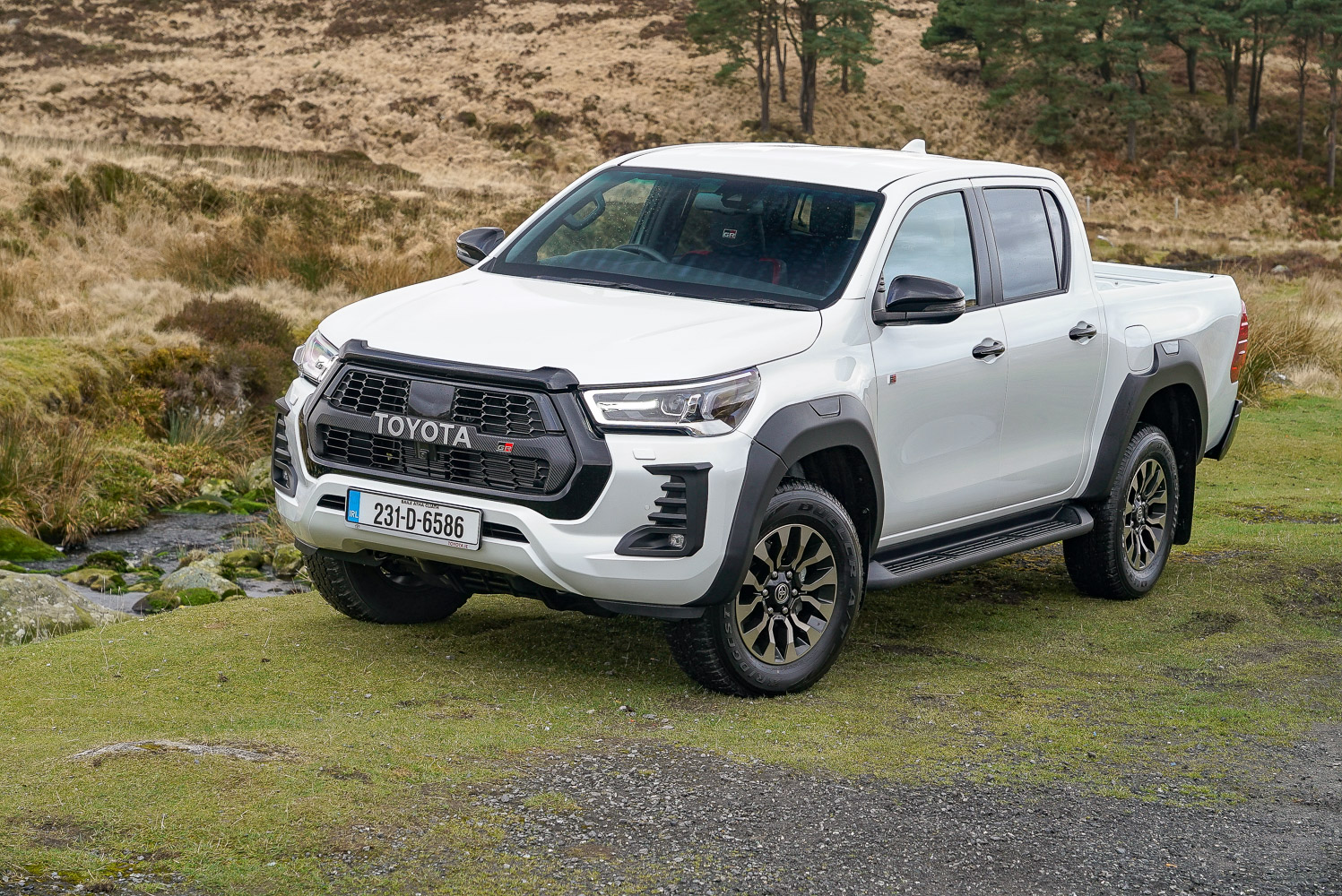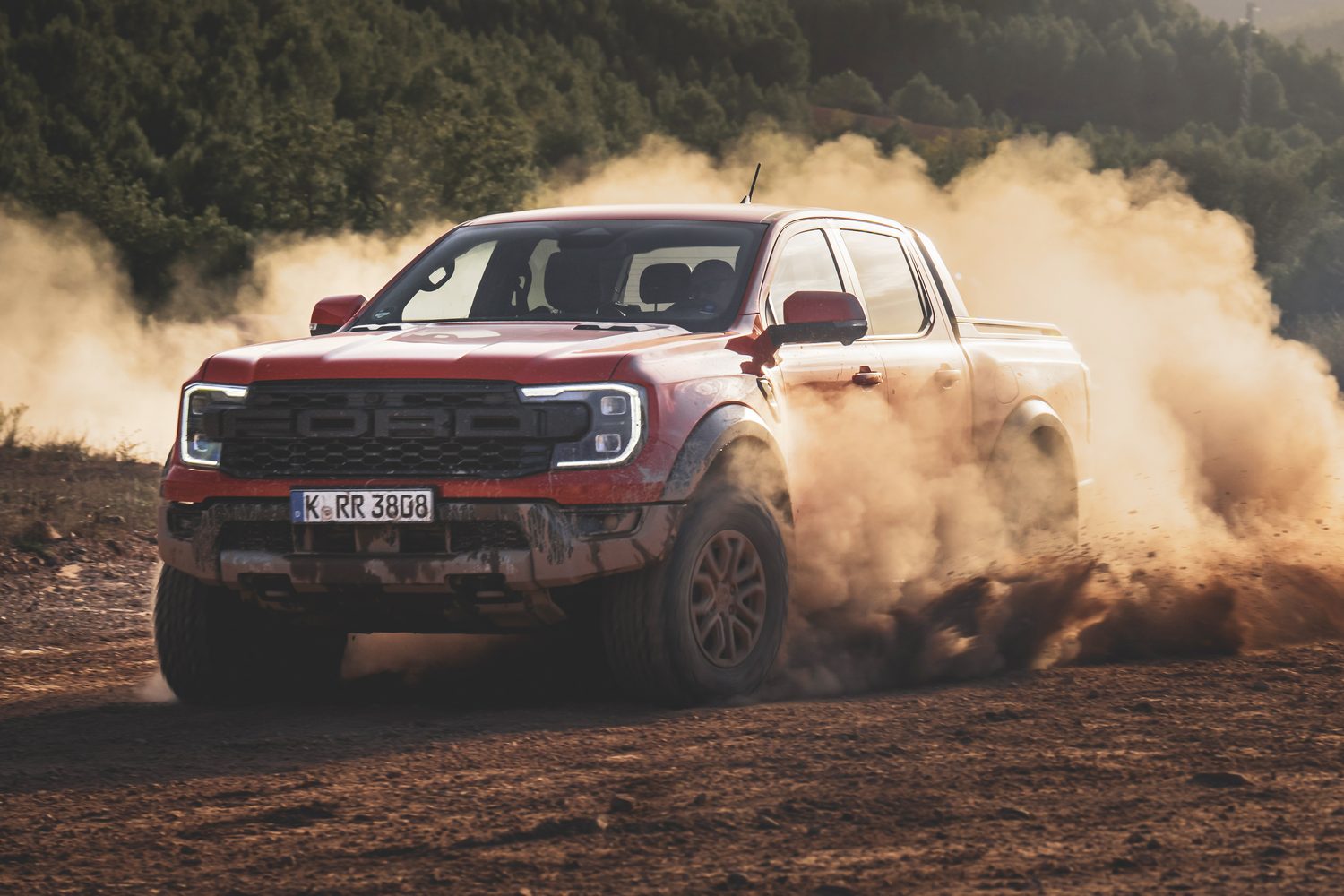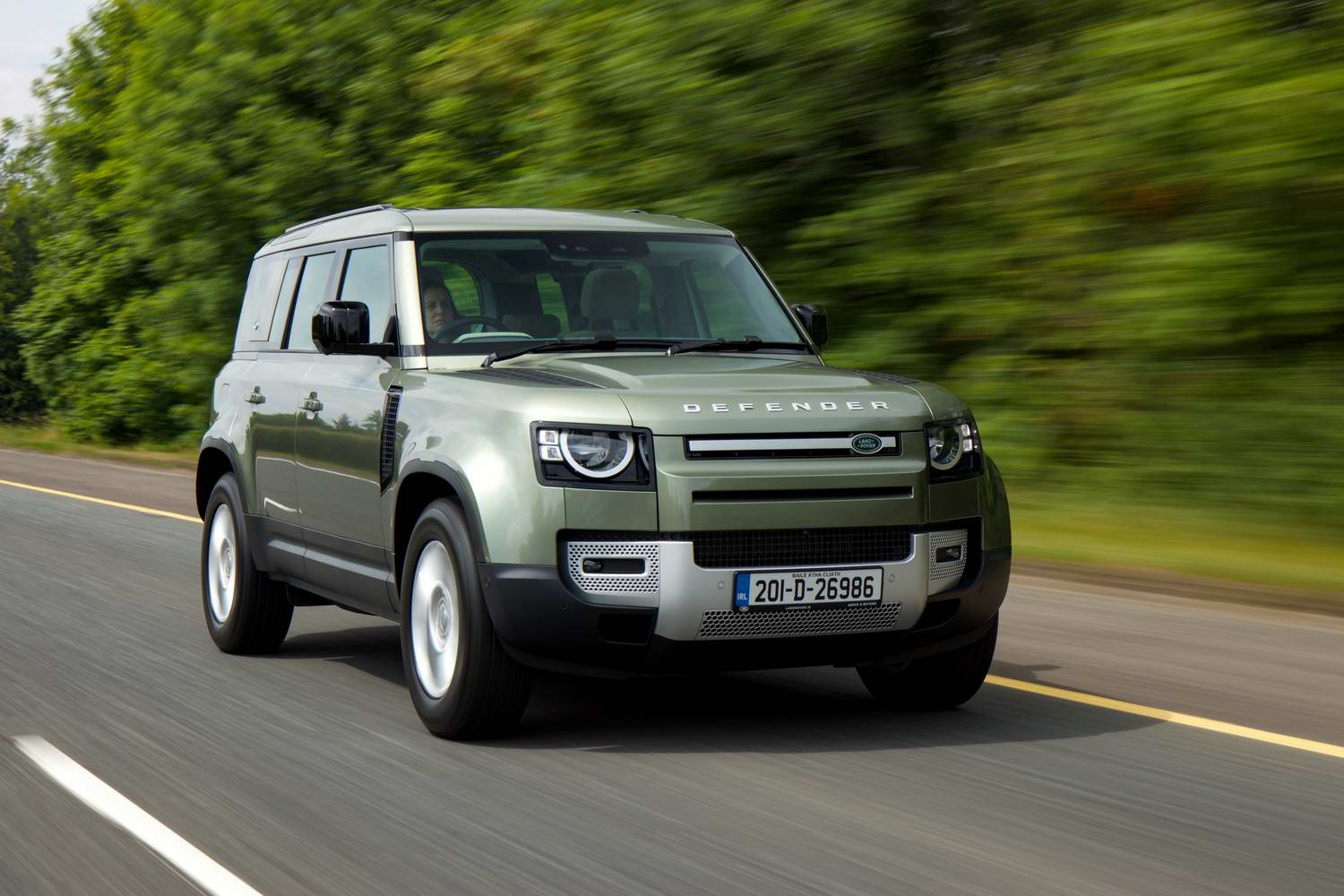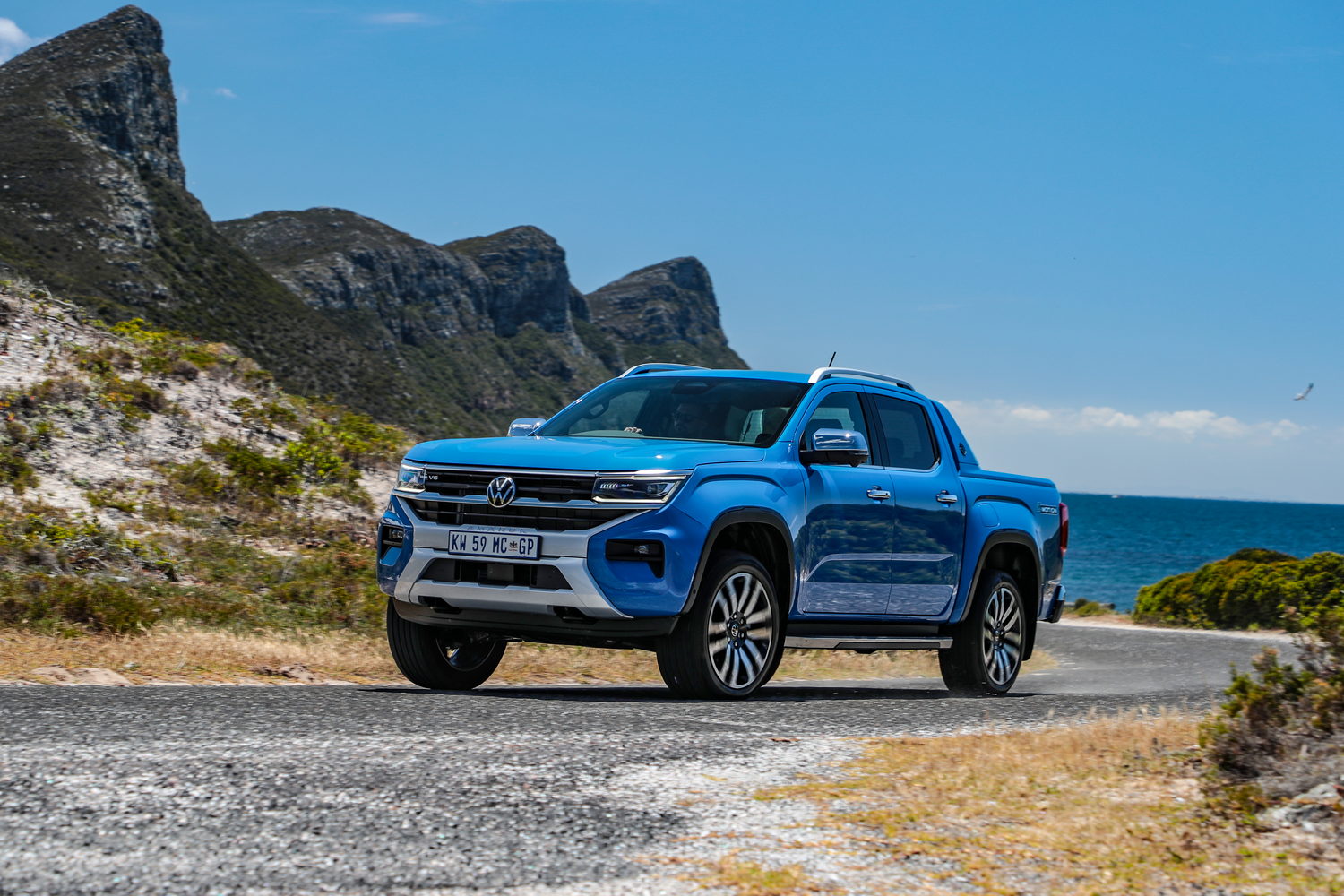Toyota Hilux overview
Use Artificial Intelligence software to define a pickup truck, and it could just show you a picture of the Toyota Hilux. It has been around since 1968, but through the 1980s and 1990s it established itself as the epitome of the go-anywhere, no-nonsense and reliable working vehicle.
But times change, and the pickup truck class of today is as much about style and performance as it is about a solid work ethic. This change has seen Toyota update the Hilux accordingly, and the current eighth generation (first launched in 2015) has benefitted from a wave of updates. We first drove the latest model in 2019 with a more powerful 2.8-litre four-cylinder diesel (Toyota's hybrid tech has yet to make the move to the 4x4), and now we're driving the new GR Sport model.
The GR badge adorns Toyota performance cars such as the GR Supra and GR86 coupes, as well as the GR Yaris and (US-only) GR Corolla hot hatchbacks. But GR Sport is more of a trim level that adds sportier looks to Toyota's standard road cars.
If you're aware of Toyota's current competition exploits, then you'll know that GR stands for Gazoo Racing, the team behind the Japanese firm's participation in endurance racing and the World Rally Championship. However, it's also the name under which Toyota competes in the Dakar Rally and other cross-country events with the Hilux. The racing Hilux is quite far removed from the roadgoing model, but Toyota is attempting to make a connection with this new GR Sport variant that sits at the top of the range. Does it do the badge justice?
The Toyota Hilux model range
Changes in customer demand mean that the latest pickup trucks come in a range of guises, from the utilitarian to the luxurious, and the Toyota Hilux is no exception in that regard. The line-up kicks off with the €32,060 DLX single-cab model, which features a two-seat layout and the longest load bed of the whole range. DLX trim is also available in five-seat double-cab guise for around €7,000 extra, and both of these models feature a 150hp 2.4-litre four-cylinder turbodiesel and six-speed manual gearbox with four-wheel drive. All versions of the Hilux feature switchable four-wheel drive and a rear differential lock that's designed to help with off-roading.
Standard equipment for the DLX is relatively basic, and includes manual air conditioning, a two-speaker stereo with Bluetooth, USB, aux-in port, a multifunction steering wheel, auto lights, heated and electrically adjustable wing mirrors and a metal protector to stop items in the bed falling forward and hitting the cab. There's also a suite of safety kit that includes adaptive cruise control, automatic emergency braking with pedestrian and cyclist detection, road sign assist and lane departure alert.
Pick a single-cab Hilux DLX, and you get unpainted bumpers, door handles and mirror housings, while silver 17-inch steel wheels are another clue to its work bias. Choose the double-cab version and there's a body-coloured front bumper - but still unpainted handles and mirrors - while black steel wheels are added and there's an extra pair of speakers with the addition of the rear doors.
Move up to SR5 trim for around €3,000 more than the DLX double-cab, and there's a step up in the Hilux's looks, but it's still a work-biased machine. There are dark grey 17-inch alloy wheels, chrome trim for the grille, window surrounds, tailgate and door mirror caps, while tinted rear windows are included, too. The cabin gets an upgrade with two-zone climate control and an eight-inch infotainment system including a reversing camera, Apple CarPlay and Android Auto, while the speaker tally rises to six. A leather-trimmed steering wheel is added and more silver trim features on the dashboard to help give it a lift, while there's a full colour driver's display with comprehensive trip computer.
The other big upgrade for the Hilux SR5 is the option of Toyota's more powerful 204hp 2.8-litre four-cylinder diesel. This carries a premium of around €3,300 over the 2.4-litre engine in SR5 trim, while adding a six-speed automatic gearbox is around €1,800 on top of that.
The 2.8-litre diesel auto is the only option available with Invincible trim. This is a premium truck that commands €6,600 over the SR5 with the same running gear, but the equipment list is impressive. Heated front seats, navigation, blue ambient lighting, keyless entry and starting, a heated windscreen and auto dipping rear-view mirror are among the cabin upgrades, while black plastic wheelarch extensions and a larger grille are added to the exterior.
Moving to the GR Sport, this builds on Invincible spec by adding unique 17-inch alloy wheels, a tweaked exterior look and revised suspension with stiffer springs and recalibrated (and red-painted) dampers. There's also a new mesh grille with bolder Toyota badging, while inside there's leather and suede seat trim, carbon-effect add-ons, steering wheel paddle shifters for the gearbox and plenty of GR Sport branding. All this means the GR Sport comes in at €56,210, which is around €2,500 more than Invincible.
The Toyota Hilux GR Sport interior
Since the Hilux GR Sport is the sporty flagship of the range, it delivers an upmarket ambience, while add-ons such as the leather and suede seats, red stitching and gearshift paddles, as well as a swathe of GR Sport badging, emphasise its sporting cred. However, it manages to do this while maintaining the Hilux's credibility as a hard-wearing work vehicle.
The infotainment system is the older Toyota Touch 2 system, so it's not quite as intuitive to use as the latest systems found in the Corolla Cross or Yaris, but the inclusion of Apple CarPlay and Android Auto means you can bypass the system completely if you would prefer.
As well as having a generous cargo area in the load bed, there's pretty good storage in the cabin, too. Deep door bins can take bottles, while the cup holders are usefully placed, as well. The back seat has two sets of ISOFIX points and has a fold-down armrest with extra cup holders within it, or you can fold the back seat down to create an additional secure storage area.
It's a shame that the GR Sport doesn't come with a load cover as standard, but Toyota does offer different accessories that can secure the cargo bed and create hidden storage.
The Toyota Hilux GR Sport driving experience
While the Hilux GR Sport certainly looks the part on the outside (the grille looks especially purposeful, although we'd like to see some bigger wheels and tyres to fill out the arches), the changes to the suspension aren't for the better.
The stiffer springs and revised dampers make the Hilux uncomfortable on anything other than smooth surfaces, so while this truck is fine on the motorway, it just ends up being a pain to drive anywhere else. Firm suspension is a common complaint for pickup trucks that have to compromise between ride comfort and load-carrying ability, but the GR Sport is firm at both ends, so loading the bed is unlikely to have a significant calming effect.
We wouldn't mind this stiffness if the GR Sport was sporty to drive, but it's no rival to the Ford Ranger Raptor in that regard. The firmer set-up makes the steering feel a little more precise and body lean is less pronounced in corners, but then it's the tyres that limit any driving enjoyment, because they have a degree of off-road bias about them. The Hilux has switchable four-wheel drive, and while the 2WD setting is helpful for fuel economy, in this setting it's easy to spin up the inside rear wheel when exiting a tight corner, even in the dry. At least the Hilux's off-road ability isn't really spoiled by the GR Sport upgrades - the only bit of light off-roading we did was easily brushed aside by this hugely capable 4x4.
The gearchange paddles aren't really necessary here, especially since the six-speed auto is quite smooth and quick in its reactions when left to its own devices. It's the same story with the stop-start system, which cuts in and out without intrusion. It helps fuel economy, and we saw an average of 10.6 litres/100km during our time with the truck, including 500km on the motorway.
Overall, the GR Sport is very well suited to that motorway work. As well as being the ideal location for the suspension to show its best, it's also where the engine is at its quietest - there's a fair amount of noise when getting up to speed, but also plenty of power - while road and wind noise aren't bad, either.
Our verdict on the Toyota Hilux GR Sport
The Hilux GR Sport certainly looks the part, especially on the inside, and there's no loss of the functionality that has made this truck so popular. However, the firmer suspension updates detract from the overall driving experience - we wish that there was an option to fit the standard set-up from the Invincible here. Aside from that, the Hilux remains one of the first pickup trucks that buyers should think about in the sector.

































